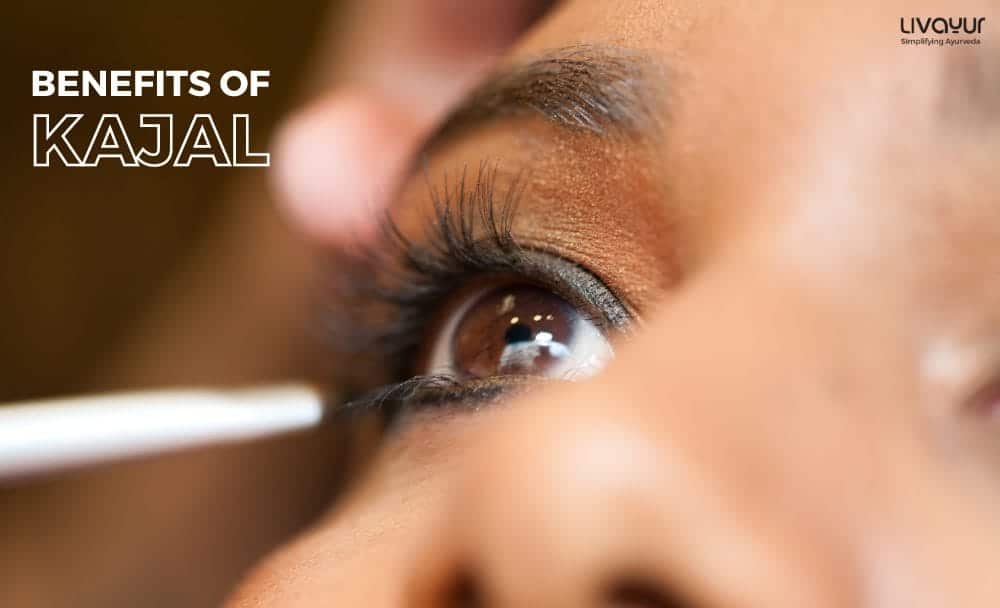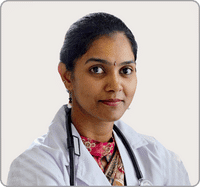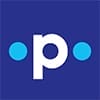Are you wondering is Kajal good for eyes? then this article is for you. Kajal or Kohl is a popular cosmetic product for the eyes. However, did you know that it is not just a beauty product?
In Ayurveda, Kajal or Anjana is used as a remedy for eye disorders. It is even recommended to be a part of Dinacharya or daily routine. The Ayurvedic text mentions many therapeutic uses and benefits of wearing Kajal or collyrium. From preventing eye disorders to adding beauty to the eyes, the benefits and uses of Kajal are endless. Let’s have a look at some of these benefits and view Kajal from the lenses of Ayurveda.
Benefits of Applying Anjana as Mentioned in Ayurveda
- Sneha Varna Balopetam: It helps to lubricate the eyes and strengthen the perception.
- Prasanna: It helps to make the eyes feel pleasant.
- Dosha Varjitam: It helps to expel or remove all the morbid Doshas.
- Upadrava Shamana: It helps to remove all the complications in the eyes.
- Kriya Kshamtvan: It helps to enhance the normal functioning of the eyes.
Therapeutic Uses of Ayurvedic Kajal or Anjana:
Anjana is highly beneficial in the treatment of many eye disorders such as refractive errors, watery eyes, computer vision syndrome, dry eyes, eye strain, might blindness, itching in the eyes, sliminess in the eyes, cataract, conjunctivitis, blurred vision, etc. Anjana also helps to boost circulation in the eyes and help to provide better nourishment.
Types of Ayurvedic Medicated Kajal
Anjana, as mentioned in Ayurveda, is a herbal paste applied to the inner part of the eyelids. According to Ayurveda, there are three types of Anjana, based on the therapeutic uses of the collyrium.
- Lekhana Anjana: They are cleansing Anjanas, used for expelling morbid Doshas and cleansing. They should always be applied in the morning.
- Ropana Anjana: They are healing Anjanas, used to strengthen the eyes. They are usually applied in the evening.
- Prasadana Anjana: They are soothing and calming Anjanas, used for eye beautification. They are recommended to be used during the nighttime.
How Is Kajal Made?
Anjana or Ayurvedic Kajals are made using various herbs. The herbs with which these medicated Kajals are made depend vastly on the Doshas of the person and the eye problems they suffer from. They may be made in solid, semisolid or powder form.
Anjana can be applied using an applicator (Salaka) or your fingers. After applying Anjana, it is advised to move and rotate your eyeballs to spread the Kajal everywhere. However, you must not squeeze, open, close, or wash your eyes after applying the Kajal.
How To Apply Kajal In Eyes
- To prevent the kajal from smudging, clean the area around your eyes.
- To create a smooth and even base, use concealer or primer under your eyes and on your eyelids.
- As desired, apply the kajal on your lash or waterline.
- Use a skin-tone-appropriate translucent powder or eyeshadow to set the kajal.
- To remove extra kajal or powder, use a cotton swab or tissue.
Side Effects Of Applying Kajal On Eyes
Ayurveda proposes numerous benefits of applying Anjana or kajal in the eyes. Though kajal is generally safe to use, some people might experience some difficulties after applying kajal.
- The synthetic kajal available in markets may contain harmful products like lead or heavy metals, which can cause serious health issues like the introduction of harmful bacteria in the eyes.
- The natural tear film, which is crucial for preserving eye health, can be disturbed by repeatedly applying kajal to the inner or waterline of the eyelid.
The Takeaway
Kajal is not a new cosmetic product. It dates back to 5000 years. Ayurvedic Kajal or Anjana is known to have numerous benefits. It can help to add beauty to the eyes as well as protect eyes from many diseases. However, one must avoid commercial Kajal as it can damage the eyes and lead to many eye diseases.
There are many types of Anjanas, and each type is made with different herbs, depending on your body constitution and eye health. Therefore, you should always consult an Ayurvedic doctor before applying Anjana.
This article is reviewed by Dr. Jyoti Lakhani
FAQs:
Does Kajal have health benefits?
Using organic kajal regularly can help maintain eye health by shielding the eyes from dust, pollution, and harsh environmental conditions.
Is brown Kajal better than black?
Both brown and black kajal are most effective for the eyes. The event for which you wish to wear your kajal may also influence your choice of hue.
Is surma and kajal the same?
Kajal is available and used in liquid or semi-moistened form, whereas Surma is available in powdered form. Surma is applied in the eyes and is frequently used as a medication. Conversely, kajal can be used on the eyelids to create a variety of designs for makeup looks.





















